What I’m reading: the latest recipe from The Best Bit by Clare de Boer - highly recommended reading for beautiful writing and perfect seasonal recipes
What I’m listening to: this song that was played (against my wishes) the whole way up the Acatenango volcano ascent - but it’s a bit of a tune
What I’m eating: pupusas in El Tunco, El Salvador - similar to arepas (in Colombia or Venezuela) or gorditas in Mexico: a thick griddled corn pancake-type situation filled, in my case, with frijoles, chicharrón and cheese
Guatemala has been independent since 1821, but before being conquered by Spain in the 16th century, it was home to the centre of the Mayan Empire. Tikal is an ancient Mayan civilisation that dates back to the 4th century BC, and with over 3,000 buildings is one of the largest archeological sites from the Mesoamerican period. Guatemala has a beautiful landscape, with the most volcanoes of any Central American country (37), picturesque lakes and an incredible coastline. The convergence of Spanish and Mayan influence has led to a rich culinary tradition that some would argue (though not necessarily myself included) rivals Mexico.
After a short stint in Antigua Guatemala (a colonial town where a lot of the food is delicious but touristy/international), I went to Lake Atitlán, a lake in a volcanic crater a few hours from Antigua. Atitlán is surrounded by small towns that are primarily reached by boat, such as San Pedro la Laguna and Santa Cruz. While in Santa Cruz, we did a cooking class in Amigos, a restaurant, cookery school and community centre that runs education and economic empowerment programs. You can read about their activities here, and I highly recommend a visit if you happen to find yourself in the area.
We made tamales, pepián and fried plantains with mole. Guatemalan food does have a lot in common with Mexican food, especially in that a lot of the food is based around corn, chillies and tomatoes - but has a few key differences. Tortillas are often made by hand in Guatemala instead of using a tortilla press, as I had seen in Mexico - they kind of slap the masa from one hand to the other to flatten it into a disc shape, before neatening up the edges and griddling on the comal. It’s a weirdly distinctive and satisfying sound, especially when you walk down a street with multiple vendors making tortillas simultaneously.
Here are some of the local delicacies you can expect to find in Guatemala.
Tamales
Tamales are made from nixtamalised corn dough, usually wrapped in a corn husk and steamed. Nixtamalisation is the process whereby corn is cooked and then soaked in lime or some other alkaline solution. After being soaked, the corn is washed to remove the kernel, and then ground to form the masa. Nixtamalisation improves the nutritional content of the corn, including increased calcium and vitamin B3 uptake.
The tamales I had had previously in Mexico were filled with meat or vegetables before being steamed, but these black bean versions were rolled flat, before being filled with frijoles and rolled up - using a technique very similar to cinnamon buns, actually.
Pepián
Pepián is a spicy stew, normally made with chicken (or beef or pork), with fruit and vegetables and a variety of spices, served with rice or tortillas. Our version was made with chicken thighs, onion, garlic, squash, roasted chillies, cinnamon, tomatoes, carrot and thickened with the same masa we had used for the tamales. We also added achiote, a spice and natural food colouring extracted from the Bixa orellana tree - I think we’d call it annato in Europe.
Kak’ik
Kak’ik is another caldo (meat stew/soup): traditional turkey stew spiced with coriander, achiote and chillies. Its name is derived from the Mayan language Qʼeqchiʼs kak (red) and ik (spicy), and recipes vary regionally, but usually contains garlic, tomato, coriander, chilli and achiote.
Mole de plátano
For this dish, we made a sweet and spicy mole from chocolate, sunflower seeds, pumpkin seeds, tomato, two types of dried chillies and cinnamon. Cacao grows in the northern region of Guatemala, and is usually sold in a block, already sweetened with sugar. We fried plantains in sunflower oil, and then served them with the mole - not the most aesthetically pleasing dessert, but very delicious.
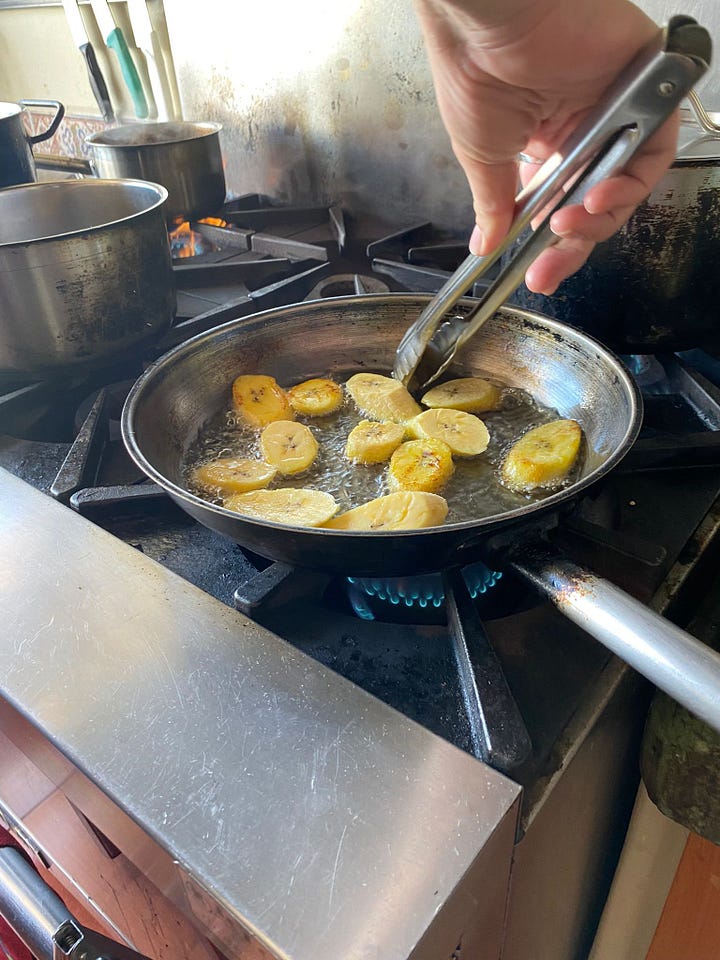
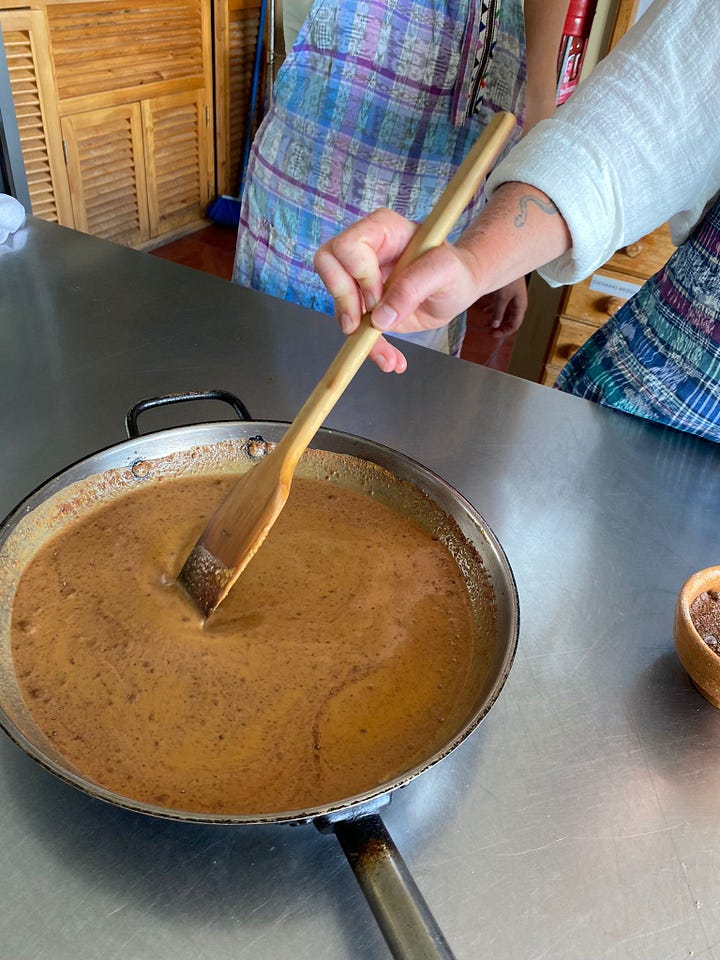
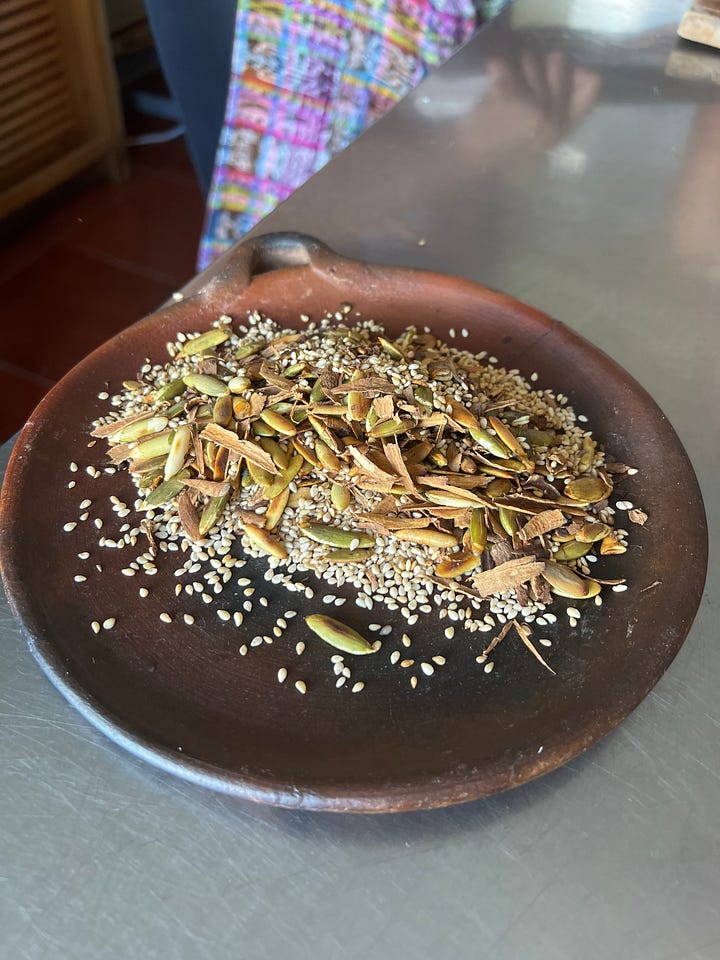
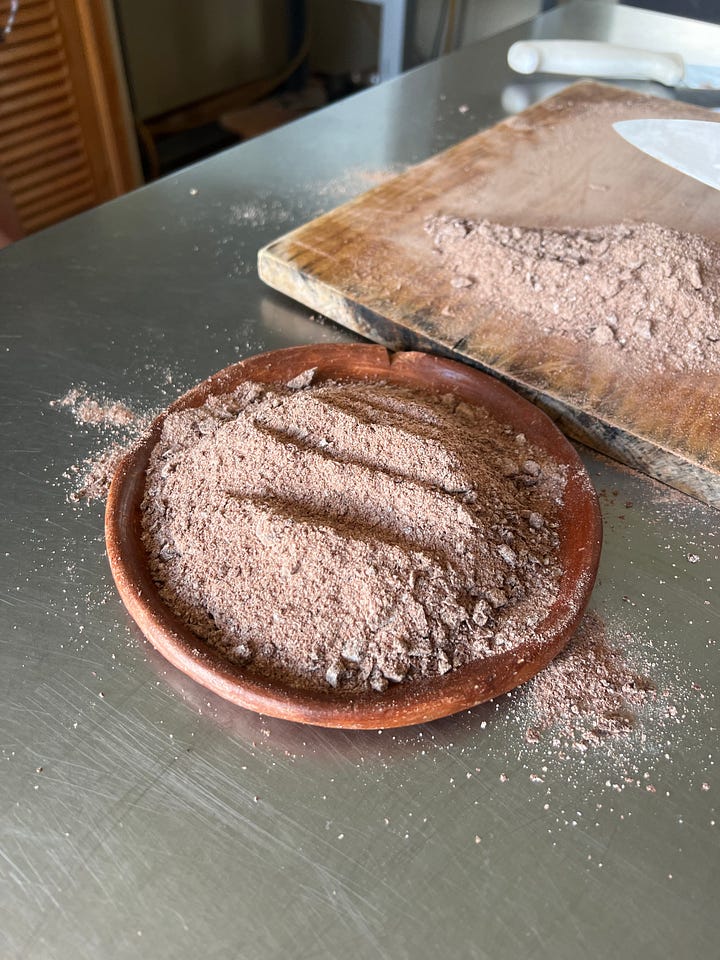
I’ve travelled through El Salvador and Honduras in the past week, and am currently in Nicaragua. My travel plans have been slightly derailed (thanks to a very fun group of people I met in San Jose, Mexico), but in the middle of next week, I will be heading back to Mexico and I can’t tell you how excited I am. I’m going to visit Yucatán and Quintana Roo before heading back to CDMX (and will do my very best not to stay there forever).
Thank you for reading Tastebuds! I’ll be back in a proper kitchen soon, so please let me know if there’s any recipes you want or anything in particular you want to read x


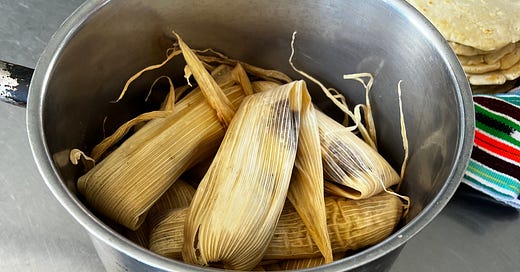


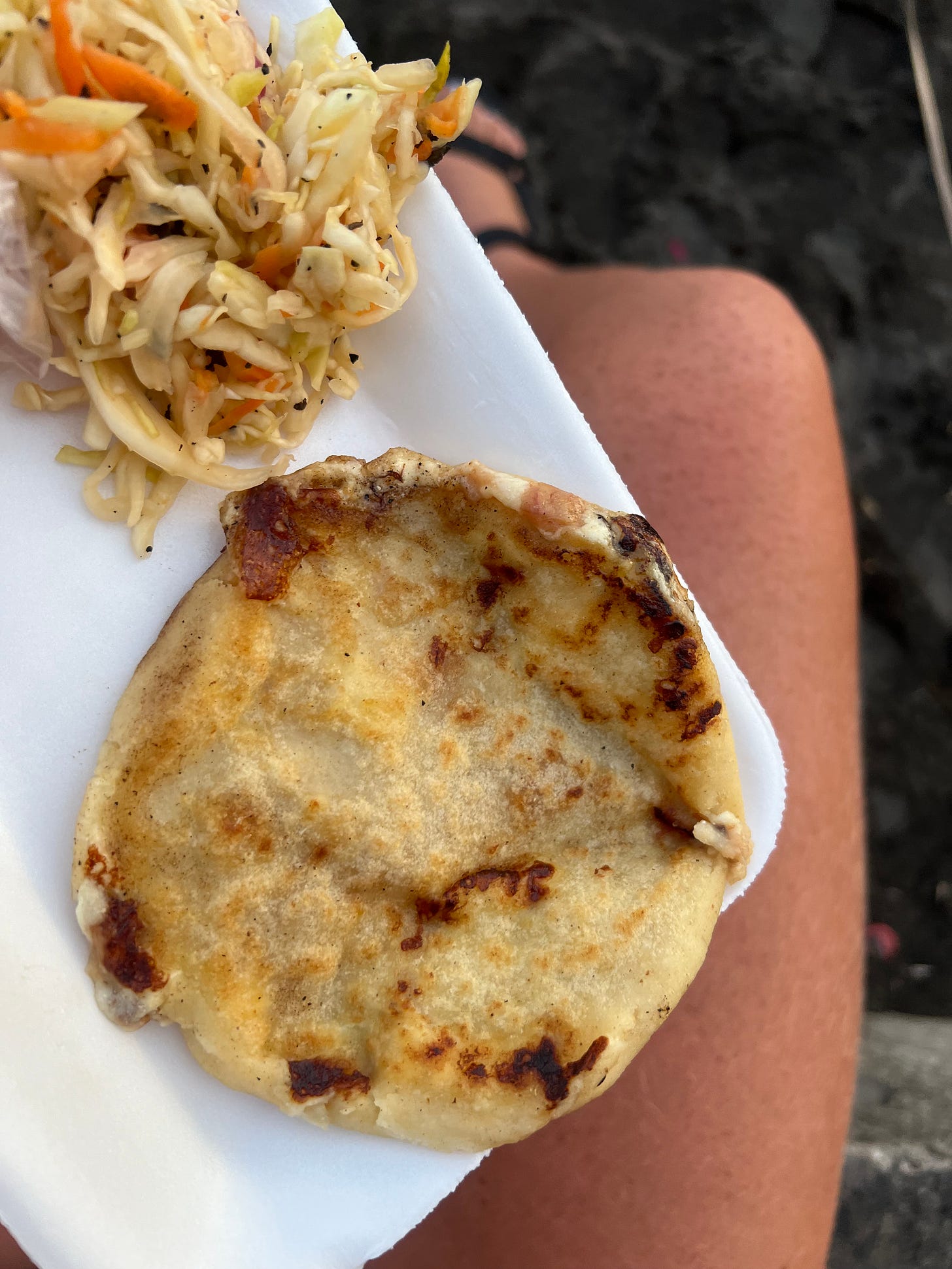
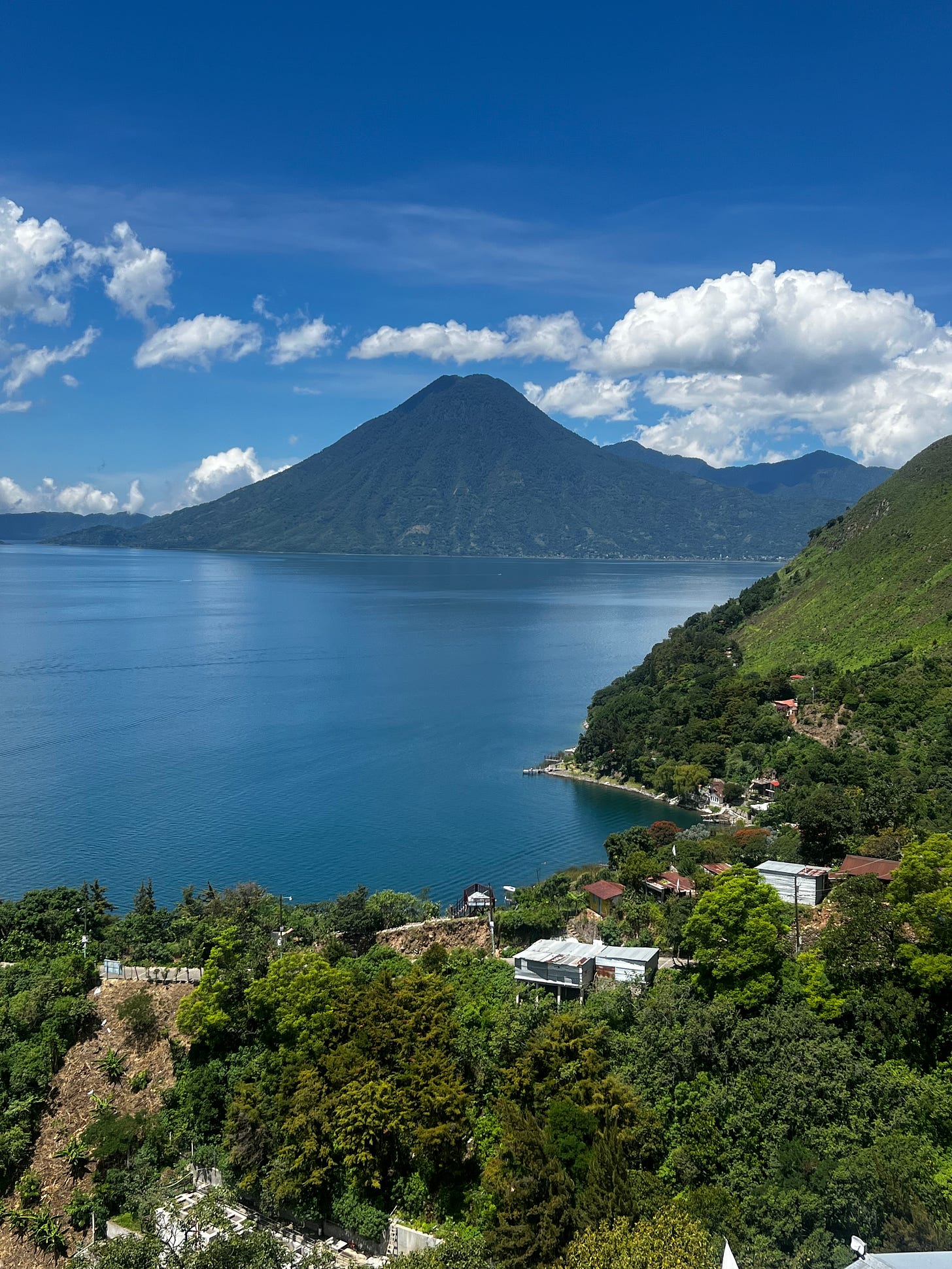
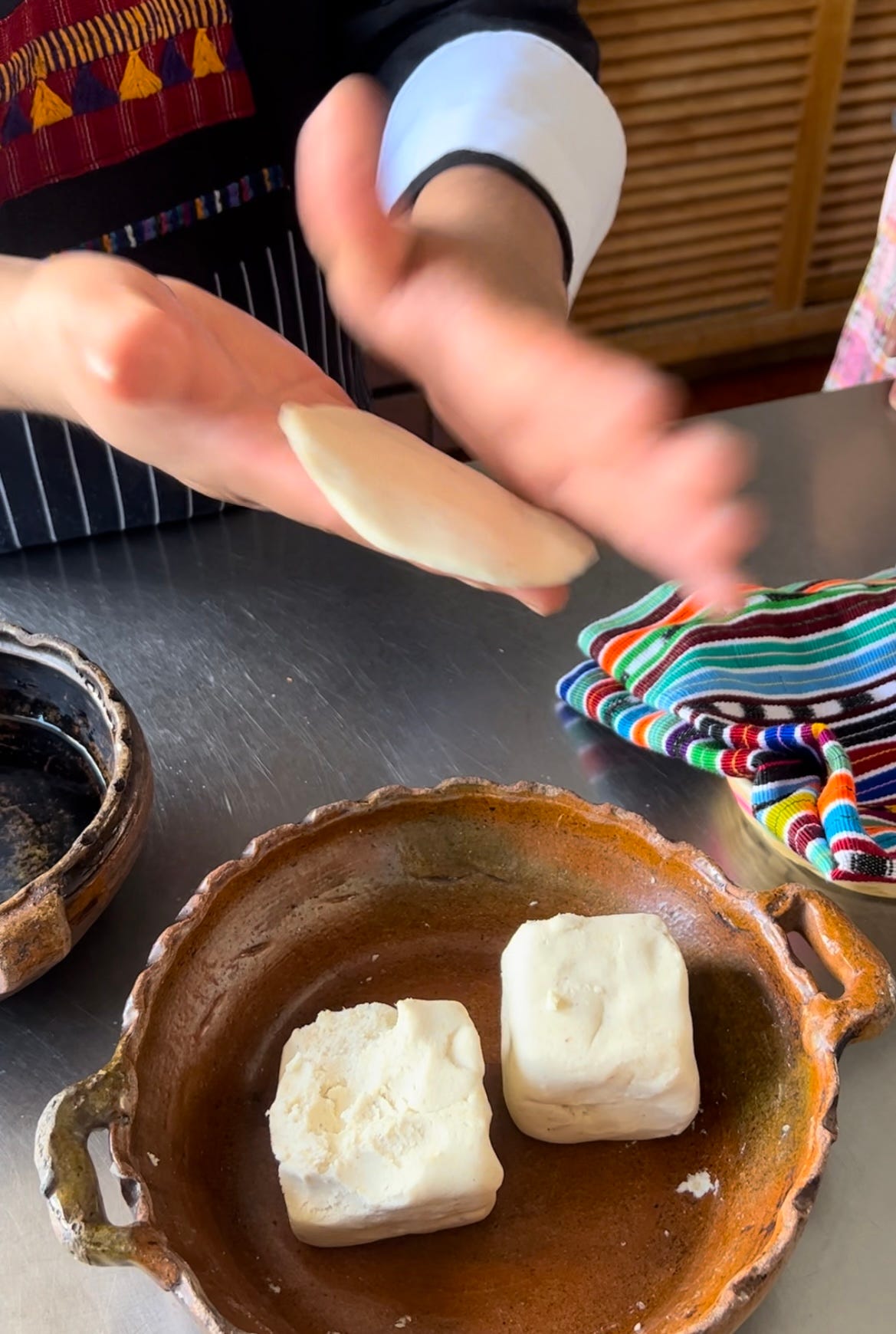

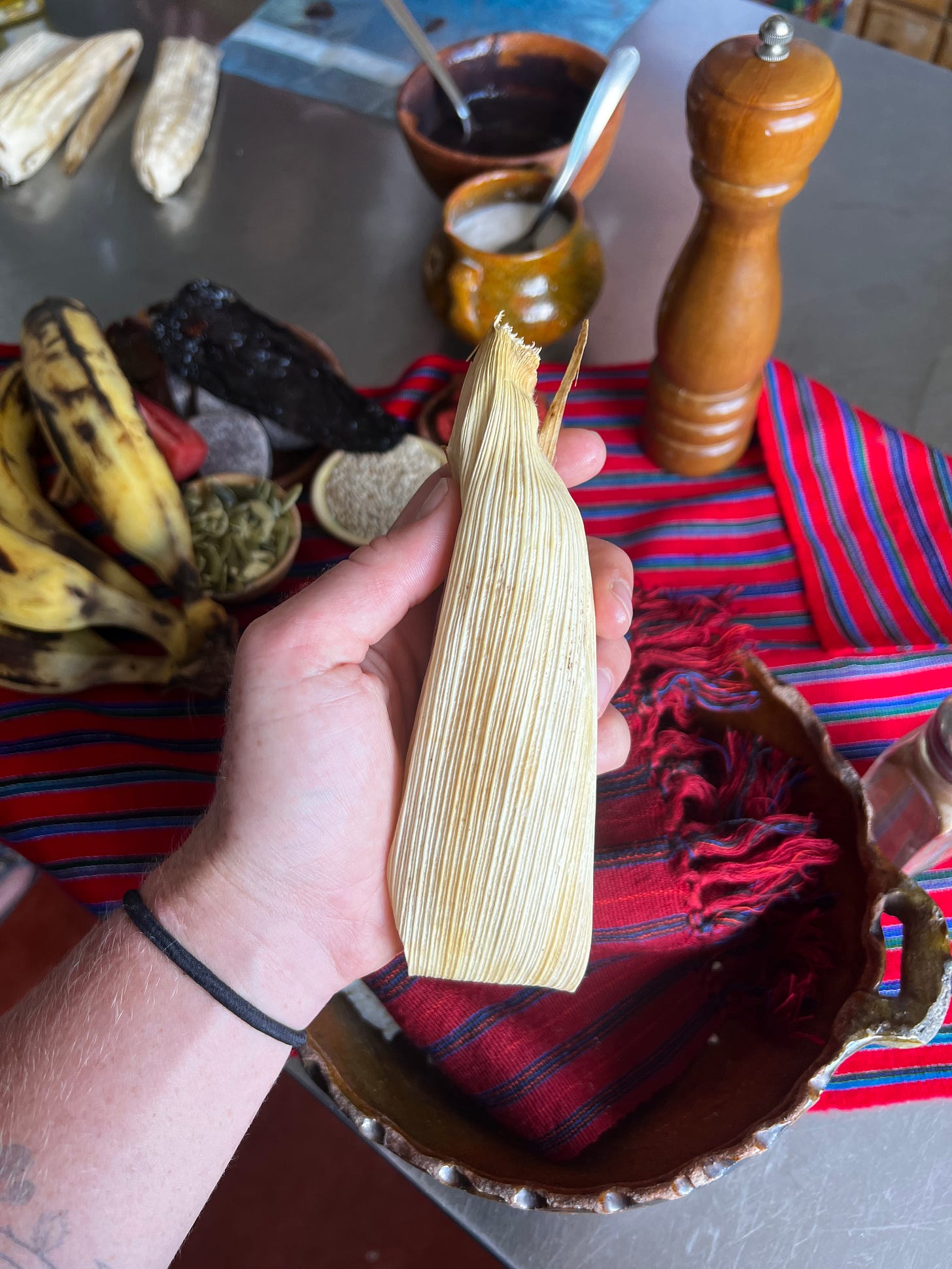
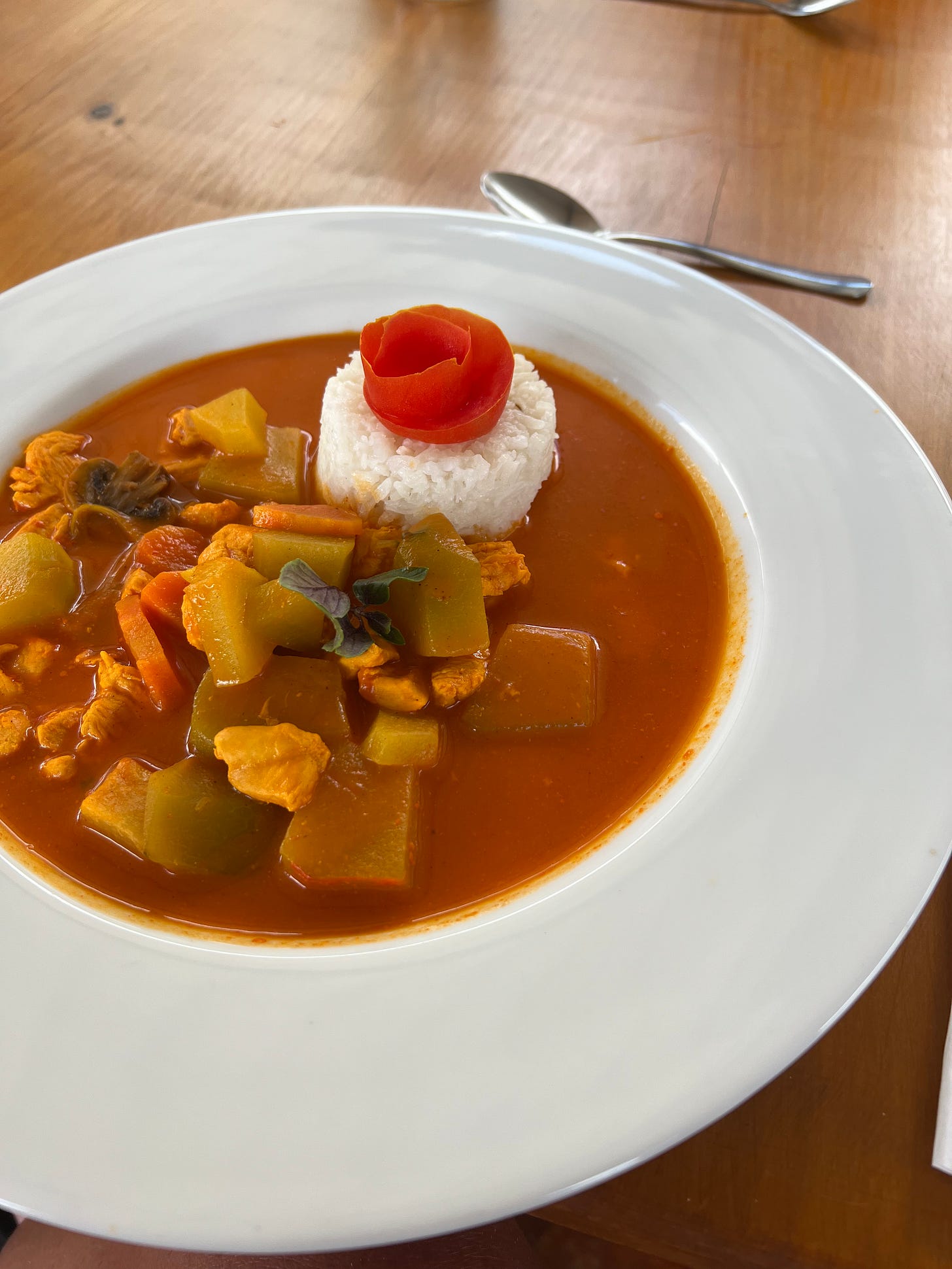
Brilliant
Fabo wabo boo! Excellent explanations,actually.